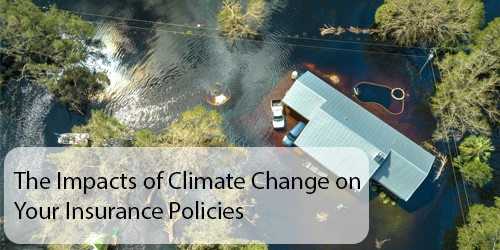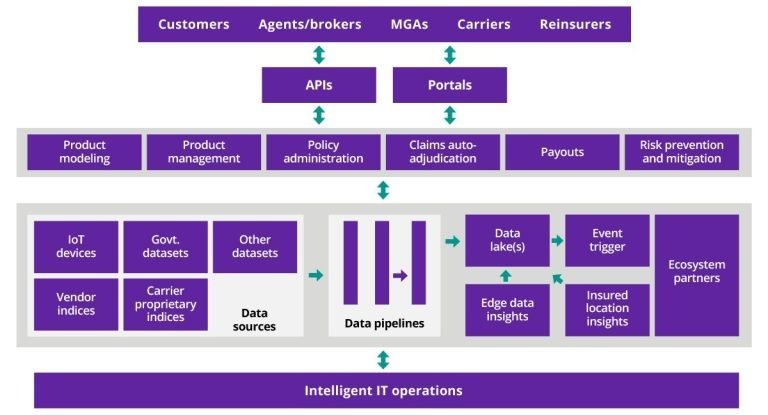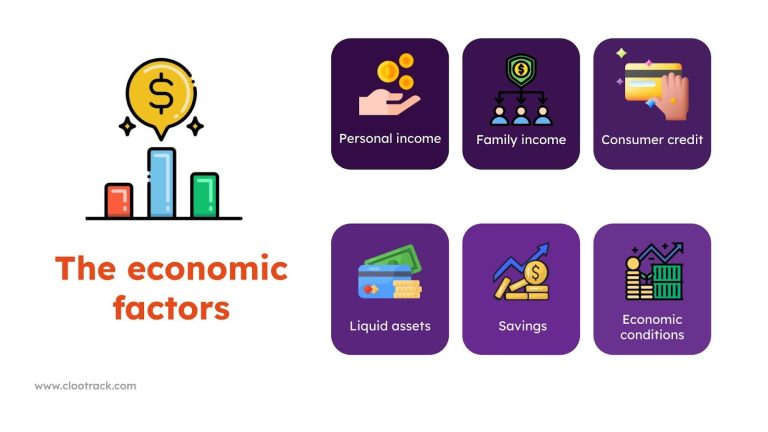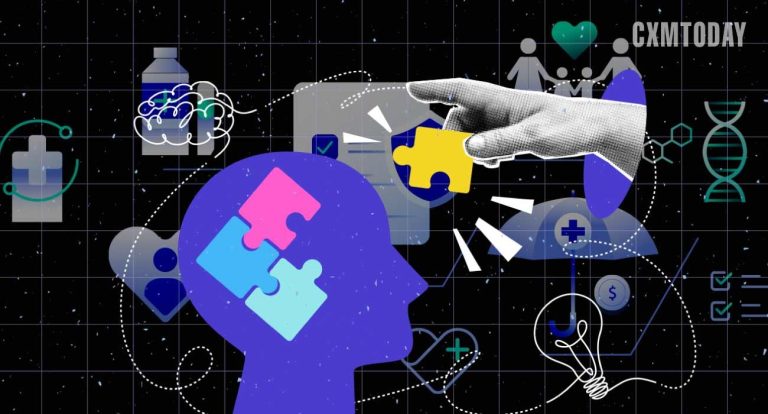Why Insurance Is a Form of Social Infrastructure
Insurance is often categorized as a financial product, a tool for managing risk and protecting assets. But when viewed through a broader lens, it becomes clear that insurance functions as a vital form of social infrastructure. Like roads, schools, and hospitals, insurance supports the functioning of society by enabling stability, resilience, and opportunity. It’s not just a private contract between an individual and a company—it’s a collective mechanism that underpins economic activity, social mobility, and public well-being.
At its core, insurance is about pooling risk. Individuals and organizations contribute to a shared fund, which is then used to compensate those who experience loss. This principle of mutual support is foundational to social infrastructure. It allows people to engage in everyday life with a degree of confidence that, should something go wrong, they won’t be left to face the consequences alone. Whether it’s health insurance that covers medical expenses, property insurance that helps rebuild after a disaster, or unemployment insurance that provides income during job loss, these systems are designed to absorb shocks and prevent individuals from falling through the cracks.
The social value of insurance becomes especially evident during times of crisis. Natural disasters, pandemics, and economic downturns expose vulnerabilities in both personal and institutional systems. Insurance steps in as a stabilizer, helping communities recover and rebuild. For example, after a major flood, property insurance enables homeowners to repair damage and return to normalcy more quickly. Business interruption insurance allows companies to maintain payroll and operations during unexpected closures. These outcomes don’t just benefit the insured—they benefit entire communities by preserving jobs, maintaining consumer spending, and reducing the burden on public resources.
Insurance also plays a critical role in promoting equity and inclusion. When designed thoughtfully, it can extend protection to underserved populations and reduce disparities in access to essential services. Microinsurance programs in developing countries, for instance, provide coverage for farmers, small business owners, and low-income families who might otherwise be excluded from traditional insurance markets. These programs empower individuals to take risks, invest in their futures, and escape cycles of poverty. In this way, insurance becomes a tool for social progress, not just financial security.
The infrastructure analogy becomes even more compelling when considering the regulatory and institutional frameworks that support insurance. Governments set standards for solvency, consumer protection, and market conduct to ensure that insurers operate fairly and reliably. Public insurance programs, such as Medicare or national health systems, are direct expressions of social infrastructure, funded by taxpayers and designed to provide universal coverage. These systems reflect societal values about care, responsibility, and solidarity. They are not merely financial instruments—they are public goods that shape the quality of life.
Technology is reshaping how insurance functions as social infrastructure. Digital platforms are expanding access, streamlining claims, and enabling more personalized coverage. Telehealth services integrated with health insurance, for example, allow patients to receive care remotely, reducing barriers related to geography or mobility. Parametric insurance, which pays out based on predefined triggers like rainfall levels or seismic activity, offers rapid relief in disaster-prone areas. These innovations enhance the responsiveness and reach of insurance, making it more adaptive to the needs of modern society.
Trust is another cornerstone of insurance’s role in social infrastructure. People must believe that their insurer will honor claims, act fairly, and provide support when needed. This trust is built through transparency, consistency, and empathy. When insurers communicate clearly, handle claims efficiently, and treat customers with respect, they reinforce the social contract that underlies the industry. Conversely, when claims are denied without explanation or policies are riddled with exclusions, trust erodes—and with it, the stability that insurance is meant to provide.
Insurance also interacts with other forms of infrastructure in meaningful ways. Consider transportation. Auto insurance is not just a personal safeguard—it’s a prerequisite for operating a vehicle legally and safely. It supports road safety initiatives, compensates accident victims, and facilitates mobility. In housing, mortgage lenders require property insurance to protect investments, enabling homeownership and urban development. In employment, workers’ compensation insurance ensures that injured employees receive care and income, reinforcing labor protections. These interdependencies show that insurance is woven into the fabric of societal systems, enabling them to function cohesively.
Education around insurance is essential to maximizing its role as social infrastructure. Many people lack a clear understanding of what their policies cover, how to file claims, or why premiums fluctuate. This knowledge gap can lead to underinsurance, financial vulnerability, and mistrust. Public awareness campaigns, financial literacy programs, and transparent communication from insurers can help bridge this divide. When people understand how insurance works and why it matters, they are better equipped to make informed decisions and advocate for their needs.
Ultimately, insurance is more than a financial transaction—it’s a social institution. It reflects our collective commitment to managing uncertainty, supporting one another, and building a more resilient society. Like bridges and power grids, it may not always be visible, but its absence is immediately felt when things go wrong. Recognizing insurance as a form of social infrastructure invites us to think more holistically about its design, delivery, and impact. It challenges insurers, policymakers, and communities to collaborate in building systems that are inclusive, responsive, and grounded in shared values. And it reminds us that in a world full of risk, the strength of our safety nets is a measure of our humanity.







